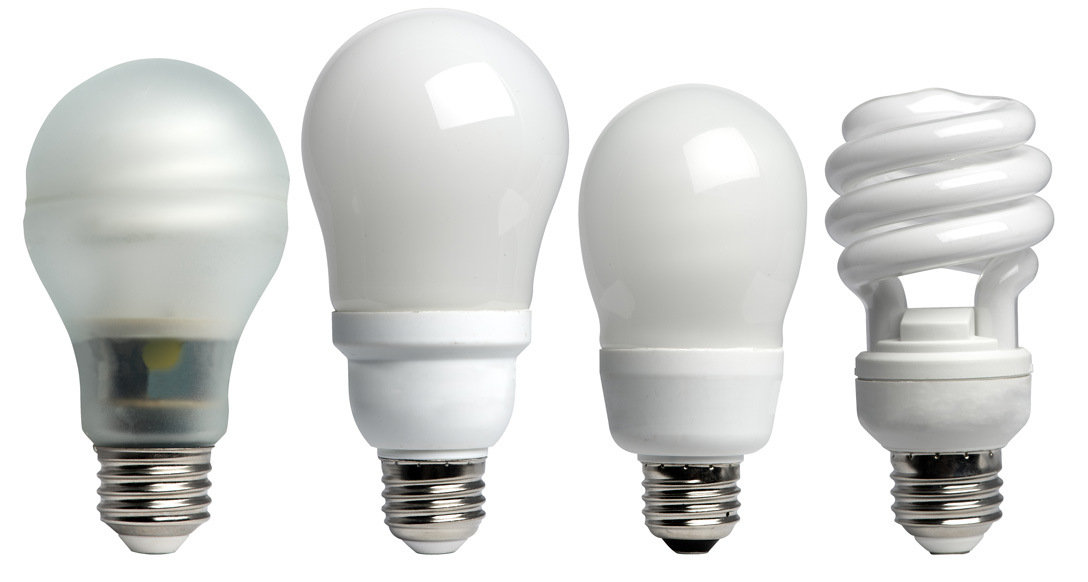Daylight Savings Time is over, so now is a good time to switch to energy-efficient lighting to brighten the long nights and save up to 85 percent in lighting energy costs.
With the nationwide phasing out of incandescent bulbs, there has been new innovation in energy-efficient lighting with a variety of CFLs and LEDs that reduce energy use significantly. Now you can install an LED bulb in the baby’s nursery and expect to not change it until he or she is headed off to college.
But with so many new choices, how do you choose the best bulbs for you?
LEDs have the longest life
Light-emitting diodes (LEDs) produce light when an electrical current is passed through semiconductor material (diode). How much more efficient are LEDs? Currently, CFL bulbs have a life span that is only a third of LED bulbs. According to the U.S. Department of Energy (DOE), switching to LED lighting in the United States over the next two decades could save $250 billion in energy costs and reduce the electricity consumption for lighting by nearly one half.
Here are the LED facts:
- Lifespan of 20,000 to 50,000 hours — 25 times longer than incandescent lighting
- Reduces lighting costs up to 85 percent over incandescent lighting
- Considered the most environmentally-friendly bulb, including manufacturing and performance
- Higher upfront cost
- Per bulb, save $100 to $400 in electrical costs (Consumer Reports)
- Instant brightness with no warm-up period
- Life span is not affected by turning them on and off frequently
- Generally, emit light in only specific directions
- ENERGY STAR certified LED bulbs are required to distribute light evenly to be comparable with standard light bulbs
- Sensitive to heat, so some not recommended for fully-enclosed fixtures
CFLs are still energy efficient
Compact fluorescent light bulbs (CFLs) produce light using a tube containing argon and a small amount of mercury. The electrical current runs through the tube to create invisible ultraviolet light that emits visible light after reacting with a fluorescent coating.
Here are the CFL facts:
- Use about 75 percent less energy and last 7 to 10 times longer than incandescent bulbs
- One year return on investment
- Contain trace amount of mercury; many brands have protective coatings, in case of breakage
- Currently recyclable at many retailers and recycling facilities
- Have a warm-up period from 19 seconds to several minutes before fully bright
- Turning on and off frequently shortens the life of the bulb
- Sensitive to cold temperatures
- Emits light in all directions





Could you identify the bulbs pictured above? We have had problems, especially with CFL bulbs, that the base of the glass part is too wide to fit in the metal part of some of our older table lamps.
I do appreciate the well written comparison of the two types of bulbs.